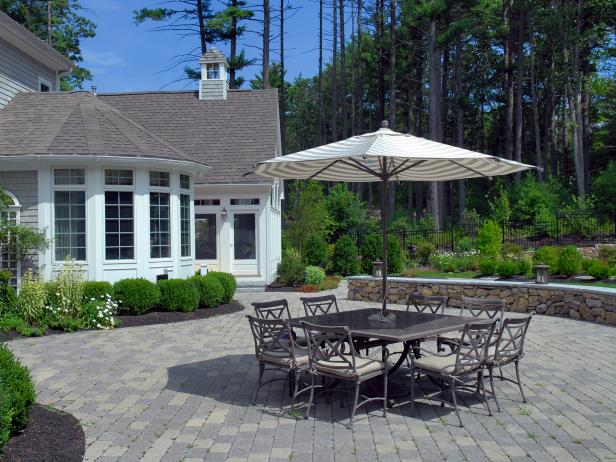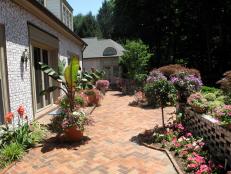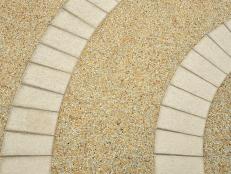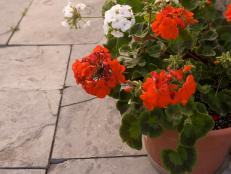Paver Patios

Brian Jenkin
The options for paver patios may seem overwhelming, but these ideas and tips should see you enjoying your brand new outdoor living space in no time.
One of the most important factors to consider when creating a paver patio is stability—you don't want your patio built on uneven or soft ground, which could lead to pavers shifting or buckling over time. To ensure a stable surface, make sure you dig at least six inches down, to hard, stable, flat ground.
Weeds are the bane of any paver patio, and no matter how tightly the pavers are packed they tend to find a way through—so be sure to lay down a barrier to stifle their growth. If they're particularly hardy in the area, you may want to consider a soil additive.
Make sure the sand and gravel layers you add on top of the foundation are tightly, powerfully packed. These have to be flat and compact to ensure a flat paver surface that won't shift over time.
Be sure to grade your patio away from your home so that water runoff isn't directed to your basement. For every two feet of distance, a quarter-inch drop should do the trick.
The surface is the showpiece, but the exterior of the patio needs to be secure as well to prevent shifting—edge your patio with bricks, a cement lip or vinyl or metal edging.
When laying the surface, be aware that individual pavers or groups may have different tones. Try to blend the different shades uniformly to avoid a patchy-looking patio.
Lastly, add sand. Pouring a layer over the entire patio and then sweeping off will help keep bricks in place.
See also: Deck and Patio Design Ideas
















































